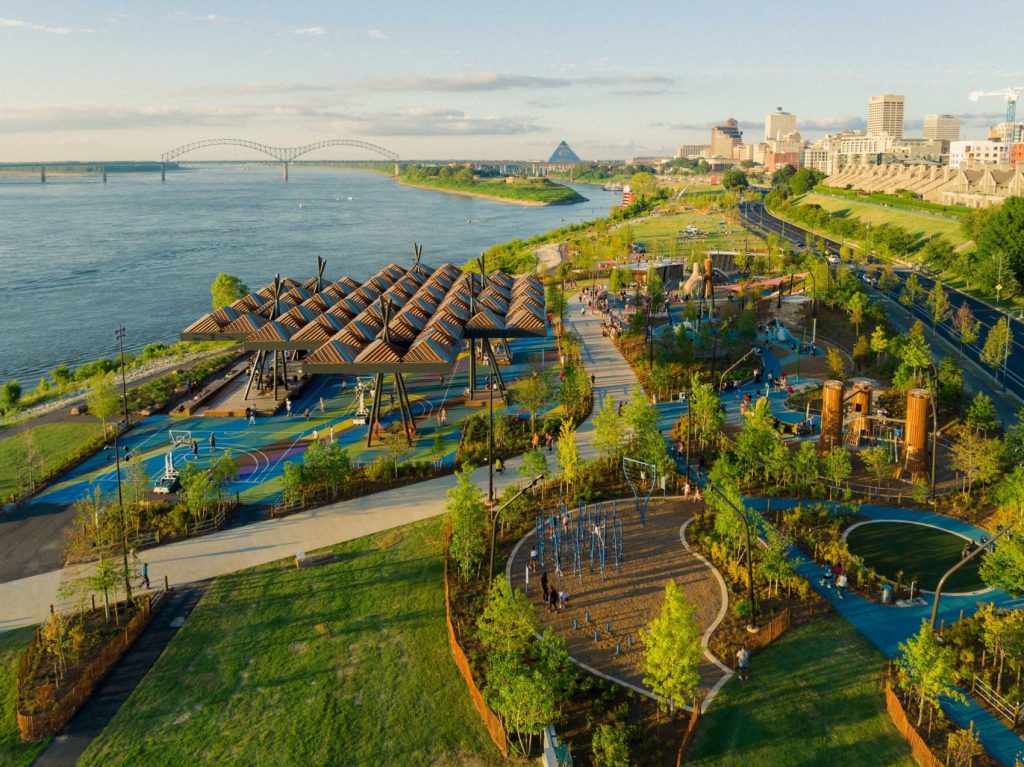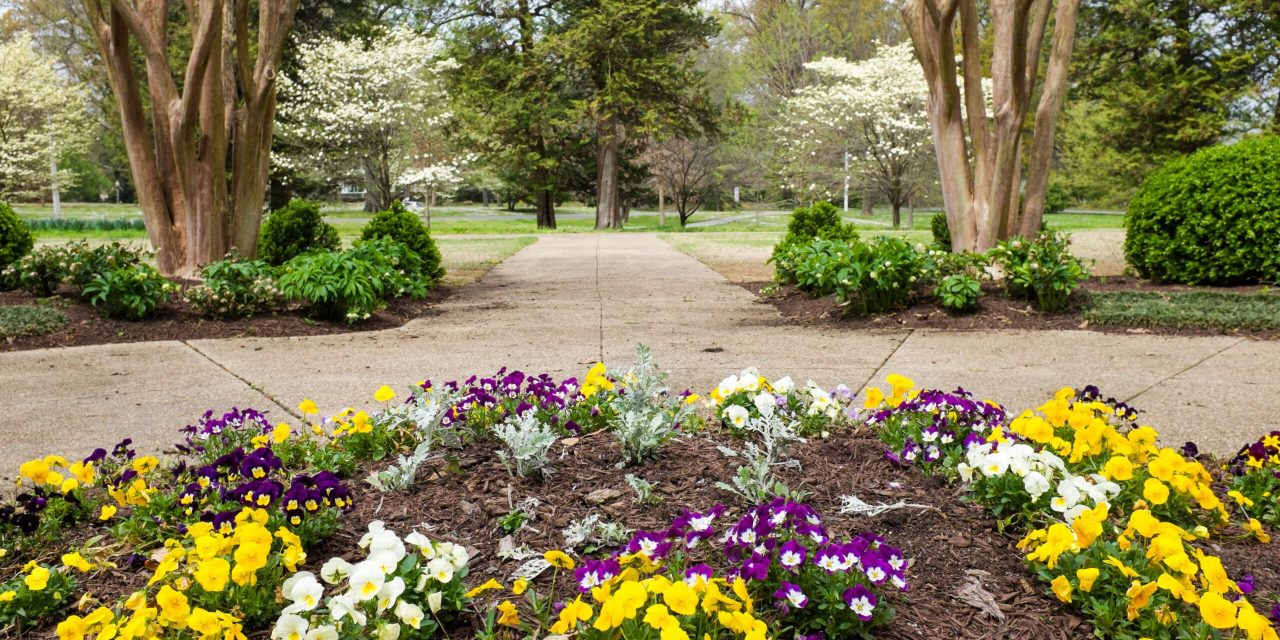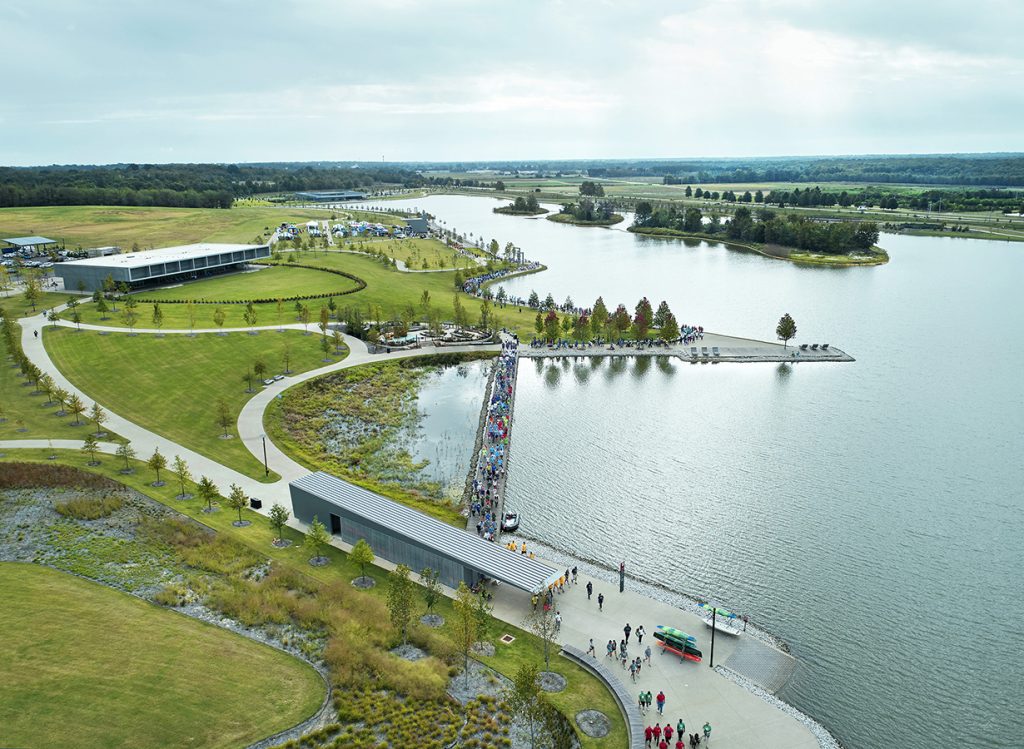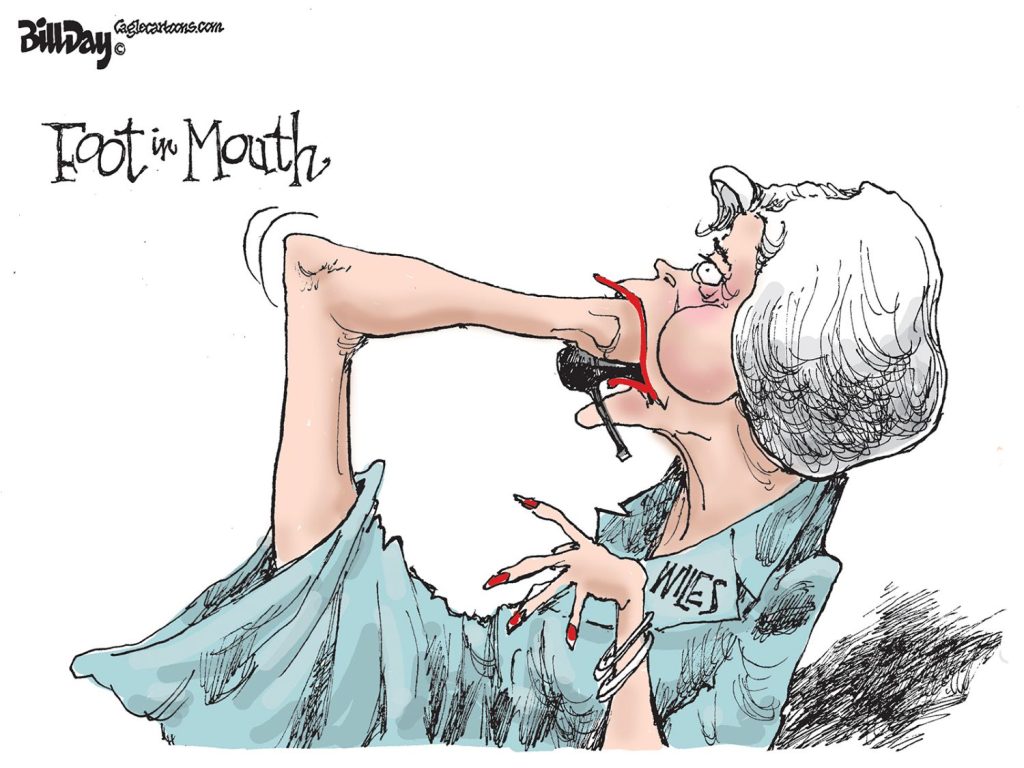Grit and grind began as a slogan that aptly defined the Memphis Grizzlies’ identity during the 2010-17 era. In time it seeped into general usage as a popular way to define Memphis’ resilience and toughness.
Some sports commentators suggested that the blue collar shibboleth was a deterrent to the Griz attracting some of the players it wanted most. So, what about businesses Memphis was recruiting and the Gold Standard of the digital age that the city was hoping to attract and retain – college-educated young professionals?
As grit and grind made its way onto t-shirts, posters and bumper stickers and even into the names of companies and Chamber of Commerce news releases, it was not validated by branding research that indicated it was the smart catch phrase for Memphis. Meanwhile, there was research showing these coveted young professionals were drawn to cities with great parks, hiking trails, and outdoor recreation. In that context, it’s possible that a different tagline for Memphis – green and grand – could have been better.
After all, green and grand not only refers to Memphis’ most special public spaces – Shelby Farms Park, Overton Park, and the riverfront – but also recalls the proudest chapters of Memphis history when business and political interests stood down in the face of citizen resistance and defiance to protect the special public spaces.
Few people today remember how close Memphis came to losing the thousands of acres at Shelby Farms Park to a 12,000-house “model community,” to Overton Park being cut in half by a six-lane interstate, and to an elevated 16-lane expressway destroying the riverfront.
It was in 1960 when Shelby County Government declared the 4,500-acre Penal Farm, a working farm for county inmates, as “surplus property” and called for its sale. Its desperation ran so deep that it offered it to the Atomic Energy Commission for an “atomic smasher.” By 1966, the big idea was to use using the land for a “planned community” development for 65,000 people.
The opposition was immediate and intense. By 1975, the battle was over. The Penal Farm, which became Shelby Farms, was preserved for public use, marking a rare time in Memphis that developers did not get their way.
About the same time, in the early 1960s, to the west of Shelby Farms, the federal government planned to destroy 26 acres of parkland to build I-40 through Overton Park. In 1970, Citizens to Protect Overton Park (CPOP) was formed and filed a lawsuit to save the “queen” of Memphis parks. It was described by news media as “a bunch of little old ladies in tennis shoes.”
Essentially, the entire power structure of Memphis – Chamber of Commerce, Future Memphis, the daily newspapers, politicians, and more – lined up to support the highway project, denigrating environmentalists and park lovers who complained rightly that no alternative alignments had been adequately explored.
CPOP lost the first round in federal district court but eventually the U.S. Supreme Court agreed with it in 1971 and sent the case back to Memphis. The ruling became landmark administrative law that protected public land across the U.S. although some legal observers question if it could survive a test at the current Supreme Court.
State traffic engineers were so willful that even as the federal district court hearings were under way, construction crews continued to build the highway straight toward the park. Finally, the Memphis federal court put a stop to it but not before a revelation that traffic engineers actually planned highways through parks because they were considered “free land.”
That wasn’t the only controversial expressway project on the books. There was another one planned downtown to link I-40 and I-55. It would run the length of the riverfront, decimating the cobblestones and 225 acres of public space while creating a barrier to the riverfront from downtown. It was suggested it might have 16 lanes to rival the expressway entering Chicago.
 When internationally known Philadelphia architect Denise Scott Brown and Memphis architect James F. Williamson were hired to write a comprehensive strategic plan for downtown, they emphasized the damage that the expressway would cause. The public took notice, and so did Mayor Dick Hackett, elected in 1982, who said he was shocked to learn about it.
When internationally known Philadelphia architect Denise Scott Brown and Memphis architect James F. Williamson were hired to write a comprehensive strategic plan for downtown, they emphasized the damage that the expressway would cause. The public took notice, and so did Mayor Dick Hackett, elected in 1982, who said he was shocked to learn about it.
Scott Brown said her role in Memphis was to be an “urban detective,” and standing on the “desolate cobblestones” soaking up the history of the riverfront, she concluded the route of the FAP-3 interstate connector had to be canceled in order to protect the city’s authenticity. With the stroke of a pen, Hackett scrapped the expressway plans.
Looking back, what lessons about what was called “growth” and public spaces, particularly related to highways, did Memphis learn?
First, highways inspire emotional reactions, and putting people and parks over pavement is the smart decision – and smart politics. Second, highways through parks do in fact damage them, reducing their sense of wholeness and connectedness, disrupting park goers’ experiences. Third, Memphis’ decision about a riverfront expressway was ahead of its time. In recent years, there has been a movement to remove waterfront expressways in cities including St. Louis, Seattle, Milwaukee, Boston, and San Francisco.
Most of all, the protection of Shelby Farms Park, Overton Park, and the riverfront parks serves as convincing rejection of the “it’s good enough for Memphis” attitude that often defines decisions in the city. As urban planner and author Jeff Speck warned, after evaluating the riverfront in 2013: “Don’t let traffic engineers determine your quality of life.”
Since these historic decisions, Memphis has added a menu of unique green spaces – Shelby Farms Greenline, Wolf River Greenway, nine riverfront parks including award-winning Tom Lee, Big River Crossing, Memphis Botanic Garden expansion, and My Big Backyard.
Memphis: Green and Grand.
**
This was previously published as my City Journal column in October, 2025 Memphis magazine.




